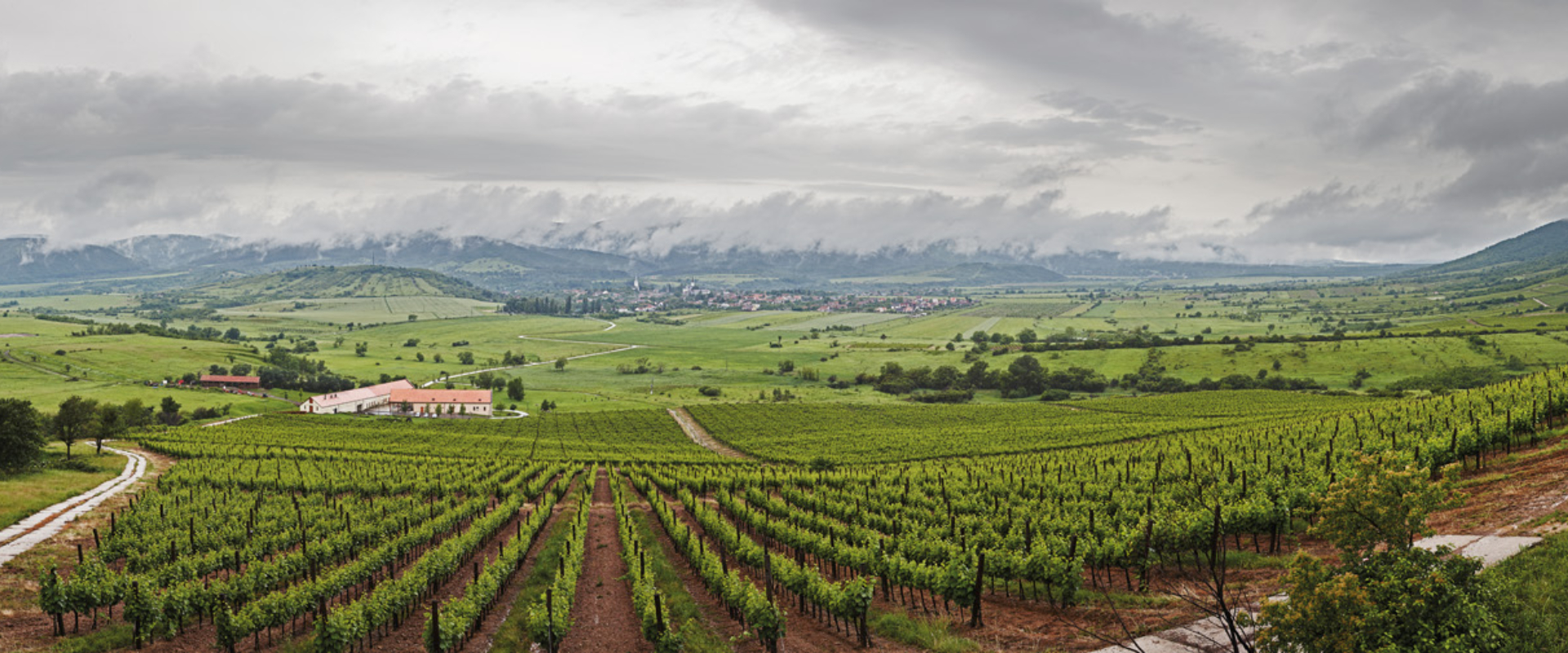The origins of winemaking in Tokaj
Historical documents hailing from as early as the 13th century testify to the tradition of winemaking in the Tokaj region. According to the latest research Tokaj vineyards were first mentioned in a charter of donation by Béla IV. in 1252, but there can be little doubt that viticulture and winemaking was established earlier than this date. This is the beginning of the construction of the region’s typical underground cellars. At that time Italian and “Latin” vintners were settled here, their memory is reflected in the name of several towns or part of settlements (ex. Bodrogolaszi, Olaszliszka).
At the beginning of the 16th century with the arrival of the Ottoman armies the people of Szerémség (Syrmia, today in Serbia) were forced to leave their homes and some of them settled down in Hegyalja (another name for the Tokaj wine region). This is how expertise in growing vines and making wines arrived in the region. By the 1550’s Tokaj wine had been introduced to international markets, Polish traders swarmed to the region and the Royal Court in Vienna started purchasing Tokaj wines. The first documentary evidence of the word ’aszú’ dates from 1571; it was mentioned in a will of the Garay family.
The Rákóczi-era in the 17th century was the most prosperous period in the history of Tokaj. The princes built numerous cellars and castles, the large estates generated sizeable income by selling their wines, and this is the period when specific statutes for Tokaj-Hegyalja were written and the Parliament sanctioned regulations on harvests involving aszú selection.
The first classification of vineyards was completed in the 18th century, around 1730. This list of vineyards categorized by location and quality was compiled by Mátyás Bél. A royal decree dating from 1737 laid down the rules for Tokaj winemaking, delimited the area and introduced regulations for an appellation control system. Tokaj thus became the first demarcated wine region in the world. In this time the Tokaji wine is already the European aristocrats’ and kings’ precious drink. Its fame is spread over not just by the merchants, but by famous artists and writers of the period (Voltaire, Goethe, Schubert and others).
The phylloxera epidemic reached Tokaj around 1885 and laid waste to 90% of the vineyards. In 1920 with the Treaty of Trianon Hungary lost two-thirds of its territory and parts of the Tokaj wine region were annexed by the newly established Czechoslovakia. The third blow came after WW2 when collective farming became the norm under the communist regime and standards dwindled.
The fall of communism triggered radical changes in Tokaj too. Traditional wine categories were reconsidered and refreshed. A new emphasis on dry wines, single vineyard bottlings appeared, and sparkling wines became popular. Since 2002 Tokaj has been listed and protected as a UNESCO World Heritage Site.
Location
The Tokaj wine region is located in north-eastern Hungary at the confluence of the rivers Bodrog and Tisza. The region is demarcated by a triangle of mountains: Sátor, Kopasz and Vár. The area is roughly 87 km in length and 3-4 km in width. The wine region consists of 27 municipalities: Abaújszántó, Bekecs, Bodrogkeresztúr, Bodrogkisfalud, Bodrogolaszi, Erdőbénye, Erdőhorváti, Golop, Hercegkút, Legyesbénye, Makkoshotyka, Mád, Mezőzombor, Monok, Olaszliszka, Rátka, Sárazsadány, Sárospatak, Sátoraljaújhely, Szegi, Szegilong, Szerencs, Tarcal, Tállya, Tokaj, Tolcsva and Vámosújfalu. The area under vine is 5800 ha, and almost all the grapes are white.
Unique soils
Volcanic activity in the Zemplén Mountains began 15 million years ago and ended 9 million years ago. It left behind a wide range of volcanic rocks including rhyolite, rhyolitic tuff, andesite, basalt, rhyodacite, dacite, zeolite, making the area a highly diverse wine growing region. In a single vineyard within a hundred meters one might find several different rock types, in the best vineyards there might be up to ten different soil strata. As a consequence of its volcanic origin the soil is rich in potassium, magnesium and other trace elements. About 5% of the region is covered by post-volcanic loess which is faster to warm up so in these areas plant growth starts earlier. The diversity of rock types and soils contributes to the complexity of soil microbiome. All these conditions are conducive to producing top quality, single vineyard wines.
Climate
The wine region’s weather is characterized by continental climate. Various areas have clearly distinguishable microclimates due to the closeness of water and/or the diverse geomorphological conditions. The climate is cool, the mean temperature is 9-10 ºC annually, 21 ºC in July and -3 ºC in January. Summer is sunny, autumn is sunny and dry. Warm air comes from the Great Hungarian Plain, the region is protected from northern cold and wind by mountains and in the autumn fog rising from the rivers Tisza and Bodrog encourage the development of the famous „noble rot”. Average annual precipitation is around 600 mm.
Grape varieties
The following white grape varieties are allowed only for the production of still and sparkling wines in the Tokaj wine region: Furmint, Hárslevelű, Kabar, Kövérszőlő, Sárgamuskotály and Zéta.



